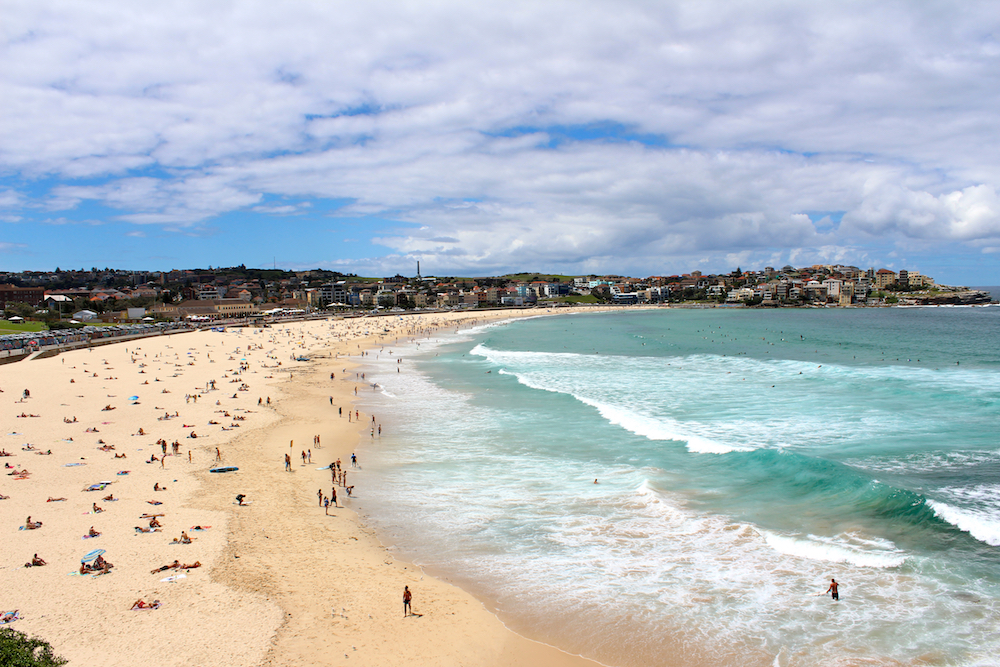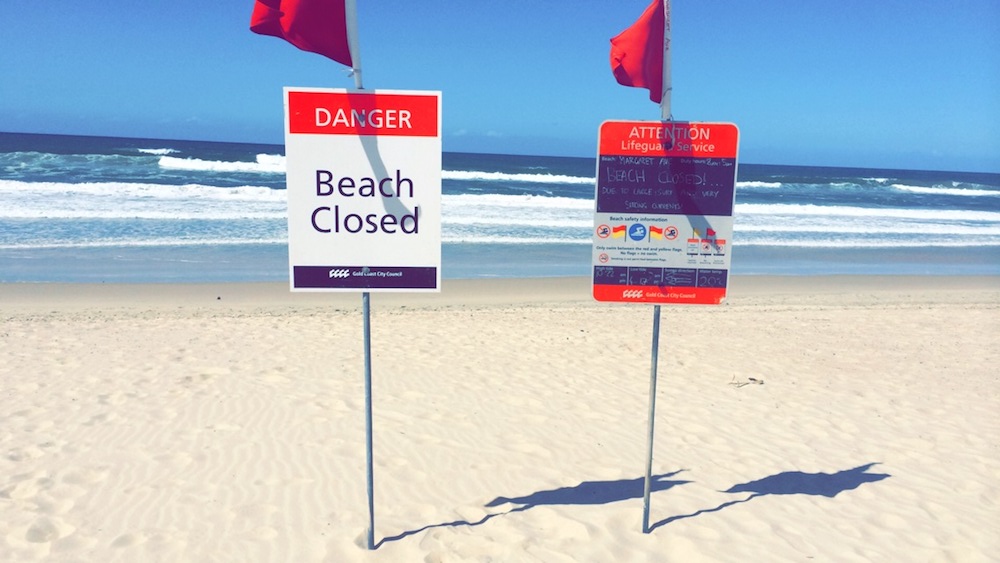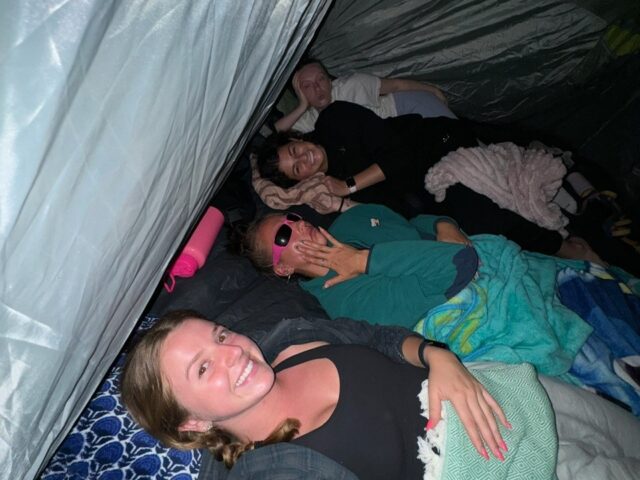We all know one of the reasons you chose to study in Australia is because of the beaches! Although Australian beaches may look amazing, they can be unpredictable and have some facts every visitor should be aware of. Here are some helpful tips to help you with beach safety in Australia.

Swim Between the Flags
The surf life savers (lifeguards) put up red and yellow flags to show you the supervised area. Beaches have changing conditions, so it can also be quite unpredictable and dangerous to swimmers who are unaware of the hazards. That’s why the life savers who understand the beach use a system of flags and signs to advise the us on the things we need to know. The most important flags on the beach are the red and yellow flags. These show the supervised area of the beach and that a lifeguard is nearby for your safety. If there are no red and yellow flags, you should not go swimming. Safety signs are also put in place to warn you about the permanent and occasional hazards that are present in the environment. Some are put into place each day by the lifeguards to show you hazards present on that day in a specific location such as rip currents which can move from place to place on different days or beach closings. Keep your eyes peeled for these!

Be Sun Smart
Australia and New Zealand have the highest incidence and mortality rates of melanoma in the world, according to Australia’s Department of Health and Aging. Being smart about UV protection, is essential anywhere but especially while in Australia. You will be constantly reminded while you are here to be putting on sun screen, covering up and being aware of the time you’re spending in the sun. You can find some more tips on how to be safe in the sun from Cancer Council Australia.

Watch out for Rips
Rip Curl isn’t just your brand of board shorts! The most important thing to remember is that often the safest and calmest area long the beach is where you’ll find a rip. This is the area avoid of wave activity and appears darker and often times deceptively calm. All the water that comes in via the waves then has to go out somehow, that is what a rip is. If you get caught in a rip, do not panic. Float and raise one arm as a distress signal when possible. See which direction the rip is taking you, is it straight out or at an angle? Once you have determined this, and if you have the energy, swim parallel to the direction of the flow and never against it. Some rips can move at 3 times the speed of an Olympic swimmer, you won’t win. If you cannot swim out to either side of the rip, just go with it. Most rips won’t take you out very far, and will usually spit you out not long after they take you, so keep calm and save your energy for the swim back to shore.

Watch Weather Conditions
Waves are one of the most enjoyable features of the ocean in Australia! You can ride them, jump over them, dive under them, simply watch then gently roll in, or gasp as they crash and roar during a big swell. Different conditions affect waves and it’s important to understand how the waves work, what types of waves may be present when you visit, and how you can deal with them to reduce the potential for injury. When surfing, the most important thing to do is to follow all safety warnings and signage. If in doubt, don’t go out.
Whitney Wemett is a TEAN Alum and recent graduate of Stonehill College. She studied abroad with TEAN on the Gold Coast, Australia.







